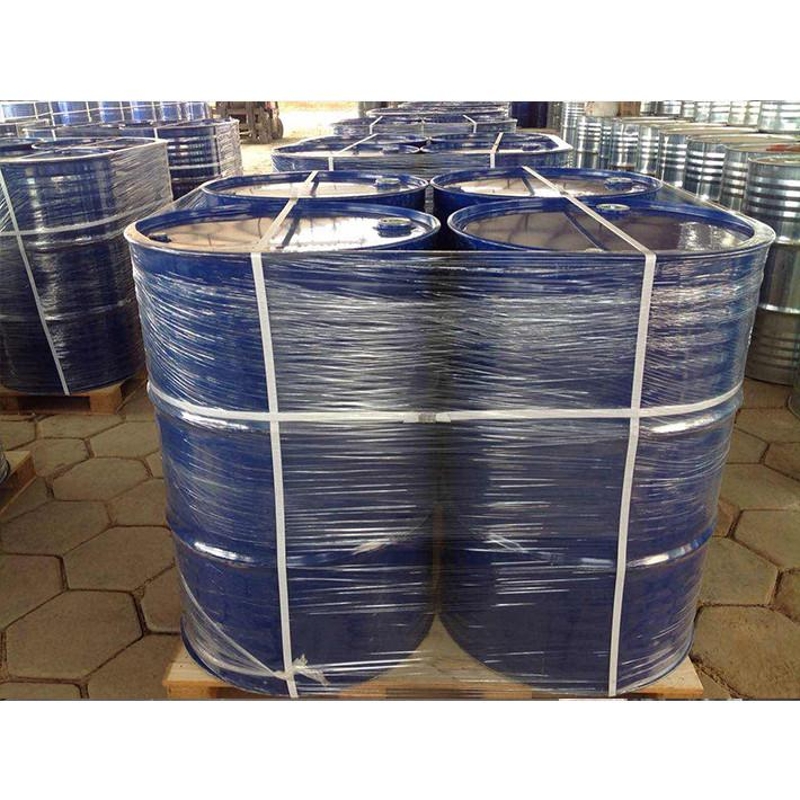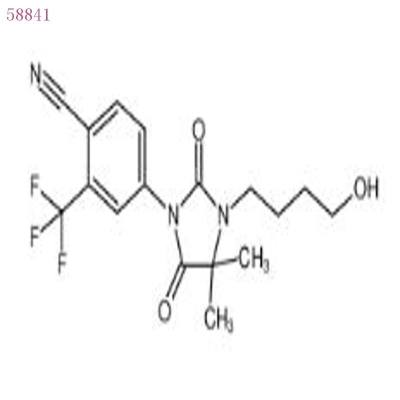-
Categories
-
Pharmaceutical Intermediates
-
Active Pharmaceutical Ingredients
-
Food Additives
- Industrial Coatings
- Agrochemicals
- Dyes and Pigments
- Surfactant
- Flavors and Fragrances
- Chemical Reagents
- Catalyst and Auxiliary
- Natural Products
- Inorganic Chemistry
-
Organic Chemistry
-
Biochemical Engineering
- Analytical Chemistry
-
Cosmetic Ingredient
- Water Treatment Chemical
-
Pharmaceutical Intermediates
Promotion
ECHEMI Mall
Wholesale
Weekly Price
Exhibition
News
-
Trade Service
Australian agricultural export fruit prices
China is Australia's largest export market for fruit, and Australian fruit exports to China continued to show a downward trend in 2021/22, with total fruit exports of A$272 million, a decrease of A$66 million, or 19.
5%
year-on-year.
That figure, which peaked at $522 million in pre-pandemic 2019/20, has now been reduced by $250 million, or 48 per cent
, from its peak.
The report believes that trade relations between China and Australia have been tense in the past two years, and China's dynamic zeroing measures against the new crown epidemic have affected the customs clearance time of imported goods to a certain extent, especially on fresh products such as fruits, which has led to the contraction
of Australia's fruit trade with China.
epidemic situation5%
year-on-year.
That figure, which peaked at $522 million in pre-pandemic 2019/20, has now been reduced by $250 million, or 48 per cent
, from its peak.
The report believes that trade relations between China and Australia have been tense in the past two years, and China's dynamic zeroing measures against the new crown epidemic have affected the customs clearance time of imported goods to a certain extent, especially on fresh products such as fruits, which has led to the contraction
of Australia's fruit trade with China.
The report revealed that table grapes, as the main fruit category exported, exported to China by A$58.
9 million, or 35.
8%, but still accounted for 38.
8% of total exports; Total citrus exports to China were essentially flat year-on-year, with exports worth $105.
6 million
.
It is worth noting that Australian orange exports to China fell by 23.
1%, while exports of soft-skinned citrus soared by $19 million to $59.
9 million
.
9 million, or 35.
8%, but still accounted for 38.
8% of total exports; Total citrus exports to China were essentially flat year-on-year, with exports worth $105.
6 million
.
It is worth noting that Australian orange exports to China fell by 23.
1%, while exports of soft-skinned citrus soared by $19 million to $59.
9 million
.
Hong Kong, China, is Australia's second largest market for fruit exports, with Australian exports to Hong Kong in 2021/22 amounting to A$132.
2 million, a decrease of A$20.
5 million, or 13.
4%
year-on-year.
This was mainly due to a 65% year-on-year decline in table grape exports, although avocado exports increased by $14.
6 million, a 146% year-on-year increase, partially offsetting the decline in
table grape exports.
Overall, China, Hong Kong, Japan, Vietnam and Indonesia are the top five export destinations
for Australian fruits.
The report shows that Australian fruit exports to Vietnam increased by as much as 59.
3% in 2021/22, with exports of table grapes more than
doubling.
2 million, a decrease of A$20.
5 million, or 13.
4%
year-on-year.
This was mainly due to a 65% year-on-year decline in table grape exports, although avocado exports increased by $14.
6 million, a 146% year-on-year increase, partially offsetting the decline in
table grape exports.
Overall, China, Hong Kong, Japan, Vietnam and Indonesia are the top five export destinations
for Australian fruits.
The report shows that Australian fruit exports to Vietnam increased by as much as 59.
3% in 2021/22, with exports of table grapes more than
doubling.
In terms of Australia's domestic fruit export distribution, Victoria ranked first with 55% of the total, and its table grape and citrus exports decreased by $39.
8 million, or 5.
5%,
year-on-year.
South Australia's citrus exports also fell by $7.
4 million, or 5.
3 per cent
.
However, exports of soft-skinned citrus in Queensland increased significantly, with a bumper harvest of soft-skinned citrus leading to a $35.
3 million increase in exports, a year-on-year increase of 39.
5 per cent
.
Western Australia was the only state with significant growth in fruit exports, with exports up $8.
8 million, or 24.
6 per cent, and avocado exports in particular in the state growing by more than $8.
6 million, up 336 per cent
year-on-year.
As the state's avocados continue to enter the fruiting period, the increasing production of avocados has led to an increase
in exports.
Fruit exports from NSW and Tasmania were broadly unchanged
from the previous year.
8 million, or 5.
5%,
year-on-year.
South Australia's citrus exports also fell by $7.
4 million, or 5.
3 per cent
.
However, exports of soft-skinned citrus in Queensland increased significantly, with a bumper harvest of soft-skinned citrus leading to a $35.
3 million increase in exports, a year-on-year increase of 39.
5 per cent
.
Western Australia was the only state with significant growth in fruit exports, with exports up $8.
8 million, or 24.
6 per cent, and avocado exports in particular in the state growing by more than $8.
6 million, up 336 per cent
year-on-year.
As the state's avocados continue to enter the fruiting period, the increasing production of avocados has led to an increase
in exports.
Fruit exports from NSW and Tasmania were broadly unchanged
from the previous year.
Looking ahead to 2022/23, Rural Bank believes Australian fruit exports are expected to rebound
after challenging years as fruit production is expected to grow, global fruit prices are strong and demand for imported fruits from Southeast Asian countries increases.
In addition, Australia's recent trade agreement with India has reduced the tariff on citrus exports by 50%, which will undoubtedly bring benefits
to Australian citrus exports to India.
At the same time, the further opening of the Chinese market is also expected to drive fruit trade between China and Australia, especially Australia's table grape exports to China may achieve another good result
.
after challenging years as fruit production is expected to grow, global fruit prices are strong and demand for imported fruits from Southeast Asian countries increases.
In addition, Australia's recent trade agreement with India has reduced the tariff on citrus exports by 50%, which will undoubtedly bring benefits
to Australian citrus exports to India.
At the same time, the further opening of the Chinese market is also expected to drive fruit trade between China and Australia, especially Australia's table grape exports to China may achieve another good result
.







